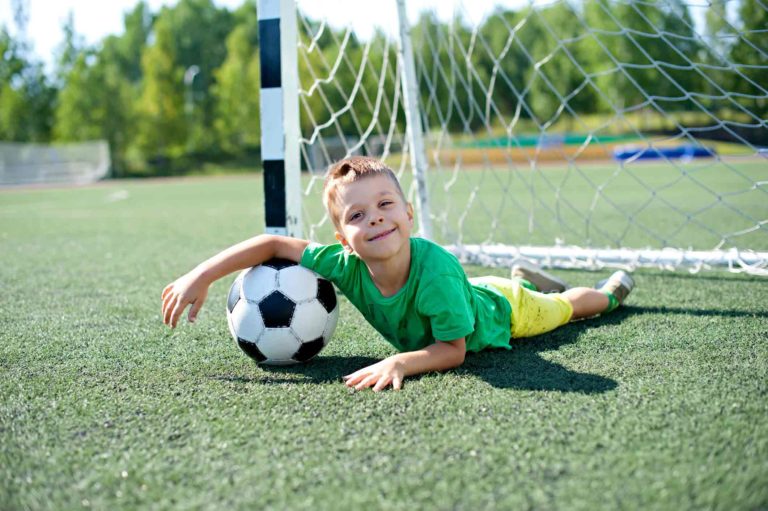
After a long winter, spring has finally arrived, and that means your kids can get outside and stay active in spring sports! As always, sports safety is a top priority when enrolling your children in athletic activities. Spring sports, like tennis, baseball, soccer, and track and field, require specialized safety precautions. This spring, make sure your children are well-protected when they venture out onto the field, track, or dirt!
Look Out for Concussions
Although each sport has its own hazards, some of the most common injuries can happen during any activity. Incidents like concussions can occur with any sport, and they warrant immediate attention. The following signs of a concussion may indicate it is more serious, and your child should be seen by a doctor:
- Headache
- Confusion
- Blurred Vision
- Dizziness
- Light or sound sensitivity
- Haziness, fog, or memory problems
Sports concussions can quickly become dangerous, so monitor your child closely if he or she complains of a headache during the game. Be sure to educate your child on the importance of protective head gear and being honest when reporting symptoms to a coach or family member before sports start.
Sports Specific Injuries
Shoulder and elbow injuries frequently occur with sports that involve pitching or hitting balls, like tennis and baseball. To protect against tennis injuries, ensure your child’s racket has an appropriate grip size. You should also evaluate his or her swing form and encourage range-of-motion warm-ups to strengthen the upper body.
Baseball equipment usually does a pretty good job of protecting against physical impact, but overuse injuries like “little league elbow” occur quite frequently. Similar to tennis players, baseball players should perform warm-ups and stretches and master proper throwing and hitting techniques. If your child is complaining of sore shoulders or elbows, ask him or her to take it easy during the next practice. Treat the muscles with Tylenol, cold compresses, and heat pads.
ACL and other knee injuries are very common with running and kicking sports like soccer, lacrosse, and track and field. In these sports, stretching and warm-ups are extremely important to prevent leg injuries. Evaluate your child’s sports equipment with the coach, and be sure he or she has the proper shoes for the type of surface. If your child is complaining of leg pain and you notice swelling that doesn’t subside within a few days, it’s time to see a doctor.
The best safety measures are precautionary, so in addition to encouraging warm-ups, be sure your child stays hydrated and eats a balanced diet.
The information and content on our website should not be used as a substitute for medical treatment or advice from your doctor.

